Nonstick pans are a kitchen staple in many households thanks to their convenience, easy cleanup, and reduced need for oil or butter. While they’re ideal for delicate items like eggs and pancakes, not every ingredient is suited for nonstick cookware. In fact, using the wrong foods in these pans can damage the coating, shorten the pan’s lifespan, and even impact your health or the quality of your meals. Here are 12 foods you should never cook in a nonstick pan and the reasons why.
1. Steak
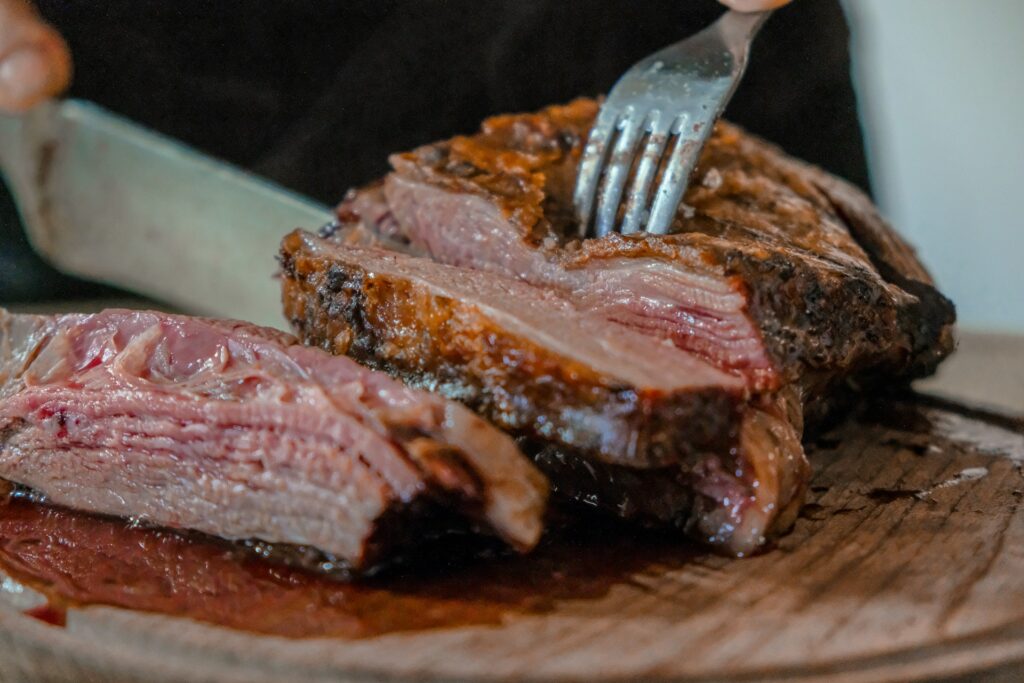
Cooking a steak properly requires high heat to create a good sear, which helps develop flavor through the Maillard reaction. Nonstick pans are not designed to handle high temperatures. Most nonstick coatings begin to break down around 500°F and heating them beyond that can release toxic fumes. Not only is this potentially harmful, but it also means your steak won’t get the crisp, caramelized crust you’re aiming for. For best results, sear steaks in a stainless steel or cast iron skillet that can safely reach and maintain high temperatures.
2. Burgers
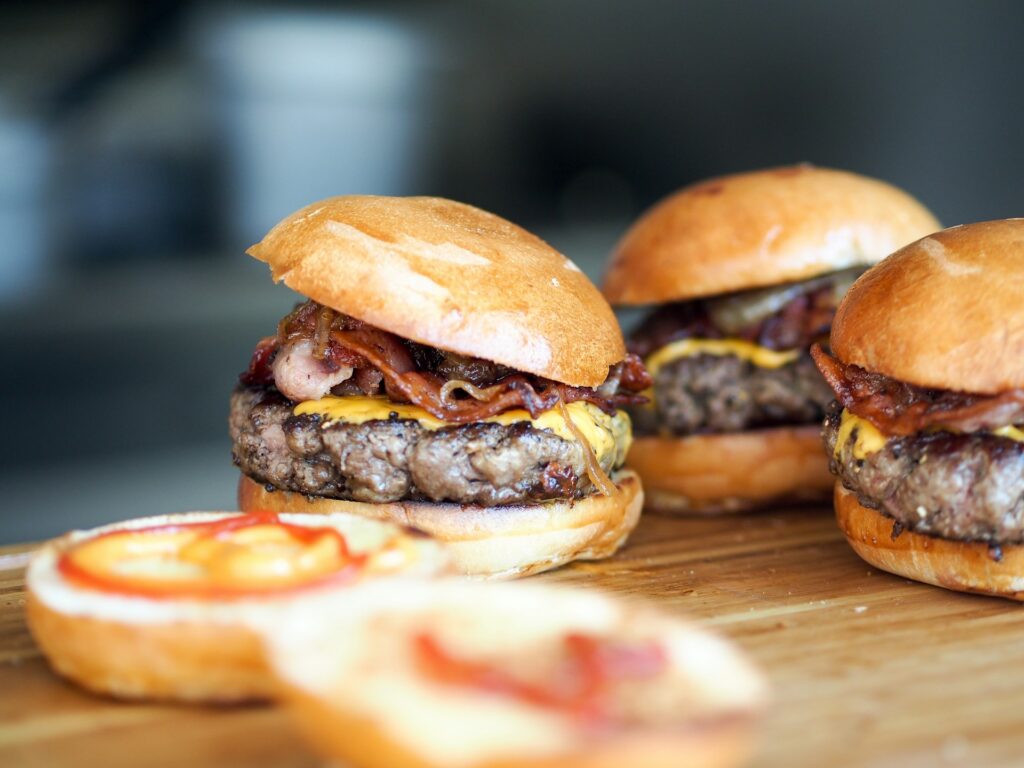
Like steak, burgers benefit from high heat to form a flavorful crust. Nonstick pans often distribute heat unevenly, which results in burgers cooking inconsistently. You may also miss out on the char and browning that enhance flavor and texture. Furthermore, pressing burgers into a nonstick pan can damage the surface, especially if using metal utensils. A grill or cast iron pan will produce better texture and flavor while protecting your cookware.
3. Bacon
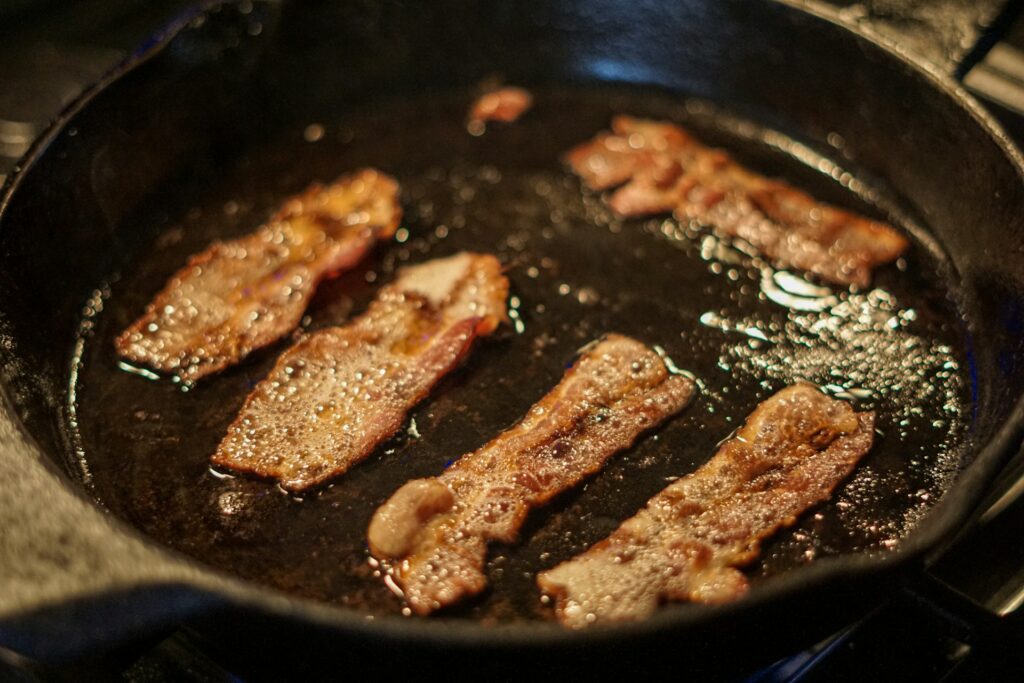
Bacon needs a pan that heats evenly and allows fat to render slowly without burning. While it may seem convenient to cook bacon in a nonstick skillet, the fat from bacon can reach high temperatures, which can degrade the nonstick coating. Over time, this not only reduces the life of your pan but may also create fumes from the breakdown of synthetic chemicals. Stainless steel or cast iron pans are better suited for cooking bacon evenly while achieving crispy results.
4. Tomato Sauce and Other Acidic Foods

Tomatoes and other acidic ingredients like vinegar and citrus can react with the nonstick coating over time, especially if the pan is older or scratched. This reaction can cause the coating to flake off into your food and degrade the pan faster. While occasional use may not cause immediate damage, repeated cooking of acidic dishes in nonstick pans is not recommended. Opt for stainless steel or enameled cookware when preparing tomato-based sauces and similar recipes.
5. Fried Chicken
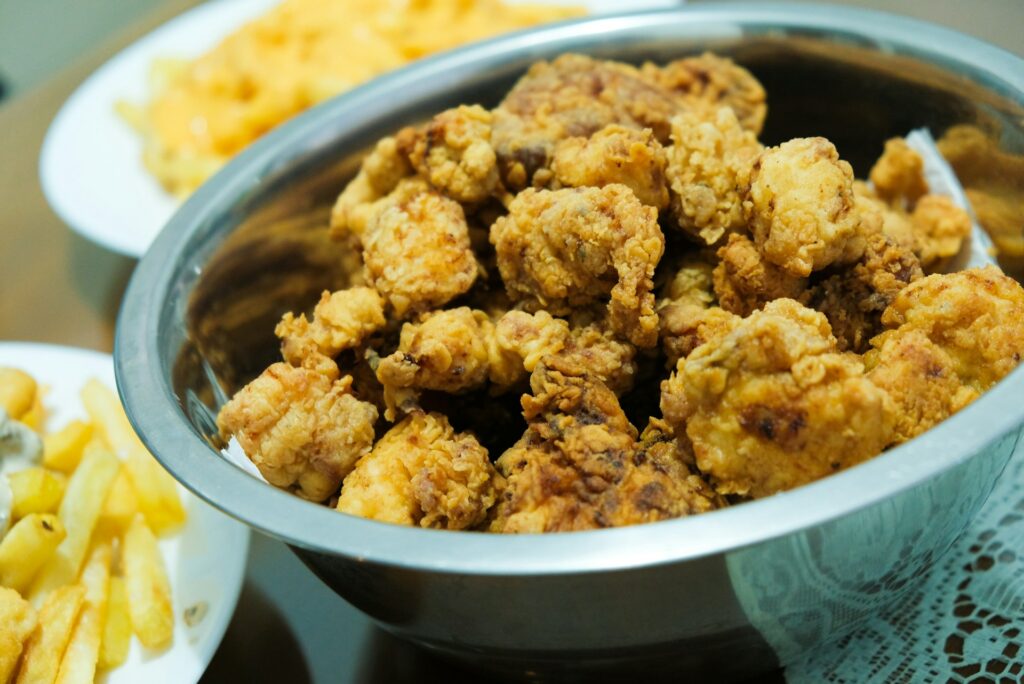
Fried chicken requires hot oil and a pan that maintains steady high heat. Nonstick pans are not ideal for deep or shallow frying because they can’t handle sustained high temperatures. Additionally, frying often involves turning or lifting food with tongs or forks, which can scratch the surface. A heavy-duty cast iron or stainless steel pan will give you better control over the frying process and produce a crispier coating on the chicken.
6. Stir Fry
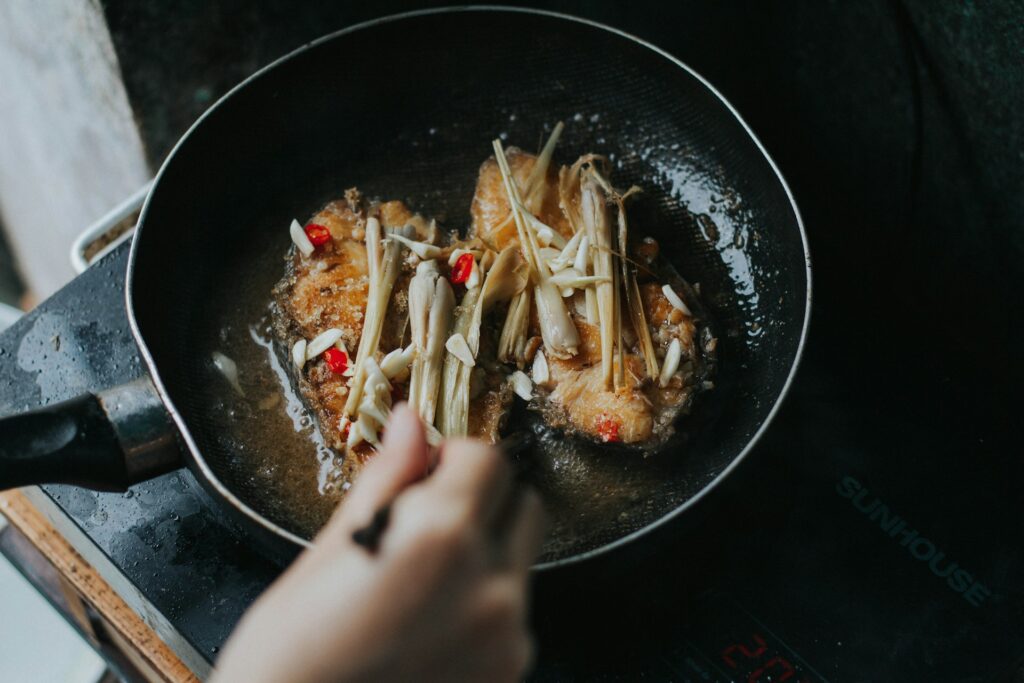
Stir fry cooking involves quick, high-heat cooking with frequent stirring and tossing. A wok or stainless steel pan is much better suited for this task than a nonstick skillet. Nonstick pans do not tolerate the high heat needed to properly stir fry and may release chemicals when overheated. In addition, the constant movement and utensil contact can damage the nonstick coating. Use carbon steel or cast iron woks to achieve authentic texture and flavor without compromising your cookware.
7. Caramel and Candy
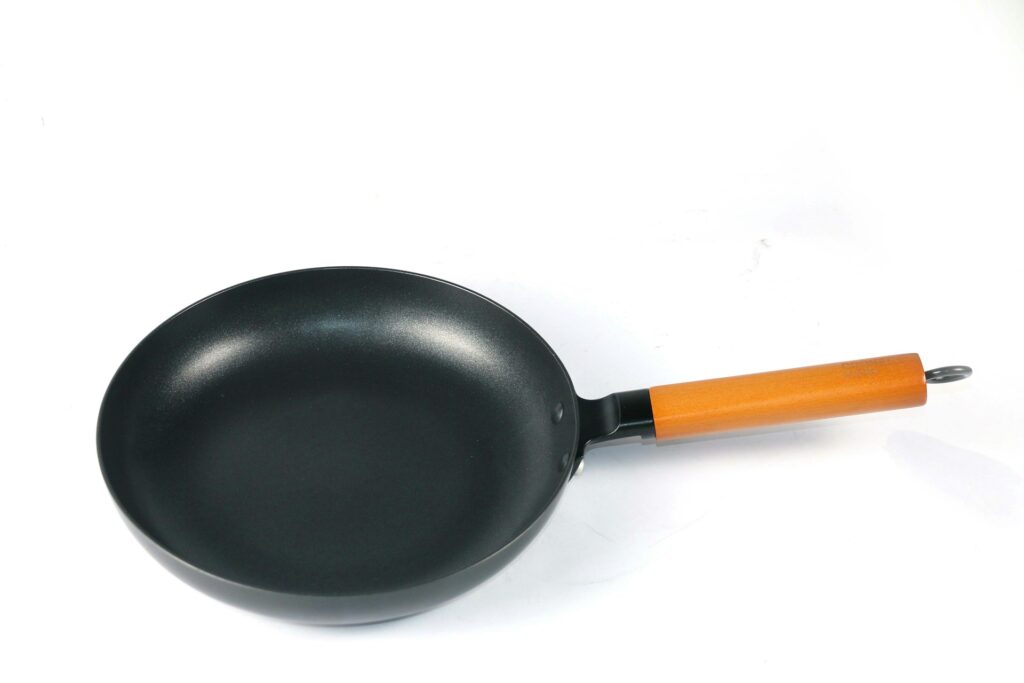
Sugar-based recipes like caramel or toffee require precise temperature control and even heat distribution. Nonstick pans can create hot spots that lead to uneven caramelization or burning. Additionally, stirring thick syrups often involves using hard utensils, which can scratch the coating. When making candy or caramel, use a heavy-bottomed stainless steel saucepan that can handle higher temperatures without the risk of damaging a coating or compromising food safety.
8. Broiled Foods
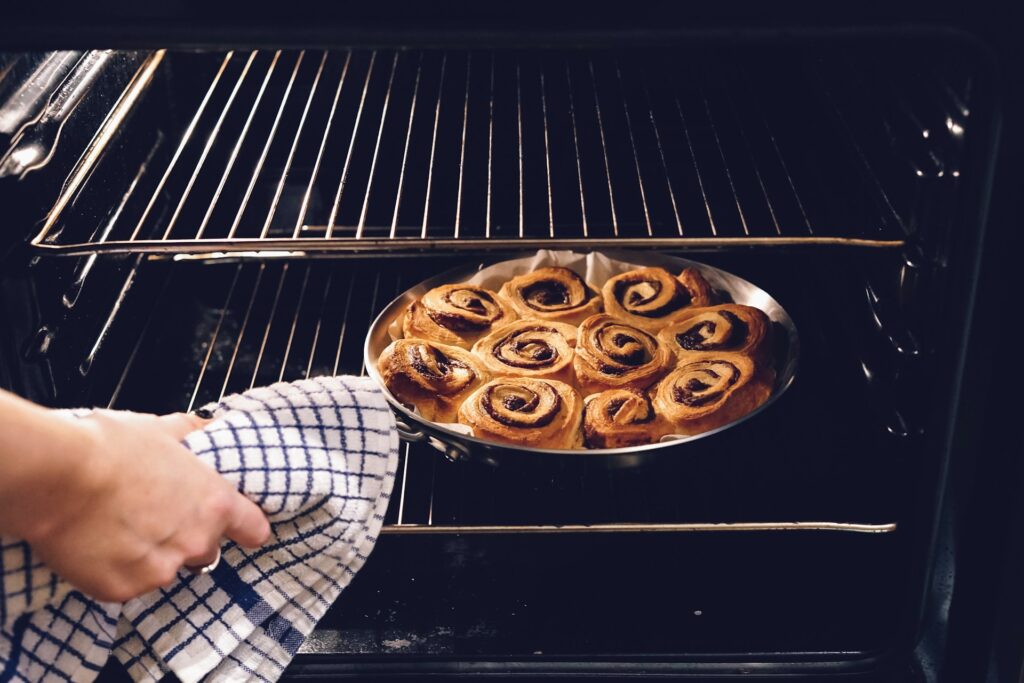
Never place a nonstick pan under a broiler. Broilers use intense, direct heat to cook or brown food, and most nonstick pans are not built to withstand such temperatures. Exposing a nonstick pan to a broiler can cause the coating to break down quickly, releasing fumes and damaging the pan permanently. Use broiler-safe options like cast iron, stainless steel, or specially labeled broiler-safe cookware when broiling meats or vegetables.
9. Deglazing with Alcohol
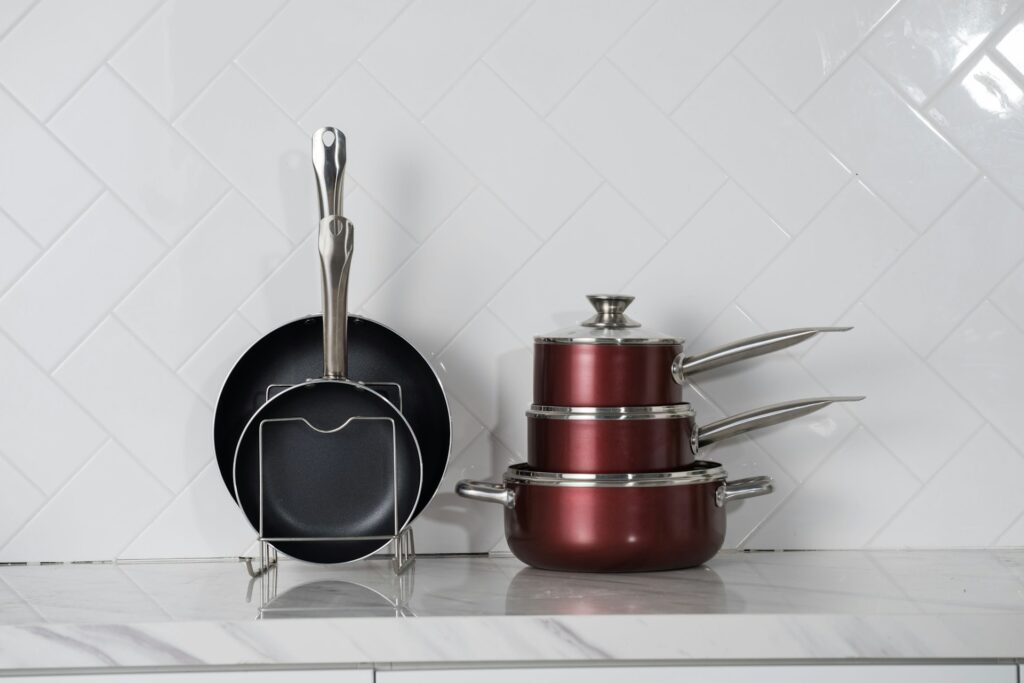
Deglazing involves adding liquid, often wine or spirits, to a hot pan to release browned bits stuck to the bottom. This technique adds flavor to sauces and is typically done over medium-high to high heat. Adding alcohol to a hot nonstick pan can accelerate wear on the coating, especially if it’s already compromised. Furthermore, some nonstick pans are not chemically resistant to alcohol, which can affect durability. Use stainless steel pans for deglazing to avoid damage and achieve better results.
10. Tofu

While tofu itself is not inherently harmful to nonstick pans, the way it’s cooked can be. For best texture, tofu should be pressed and seared at high temperatures, similar to meat. Nonstick pans don’t provide the heat retention needed to properly brown tofu. You may also need to press down or flip tofu multiple times, increasing the risk of scratching the pan. Cast iron or stainless steel gives tofu a crisp, golden crust without damaging your cookware.
11. Foods That Require a Hard Sear
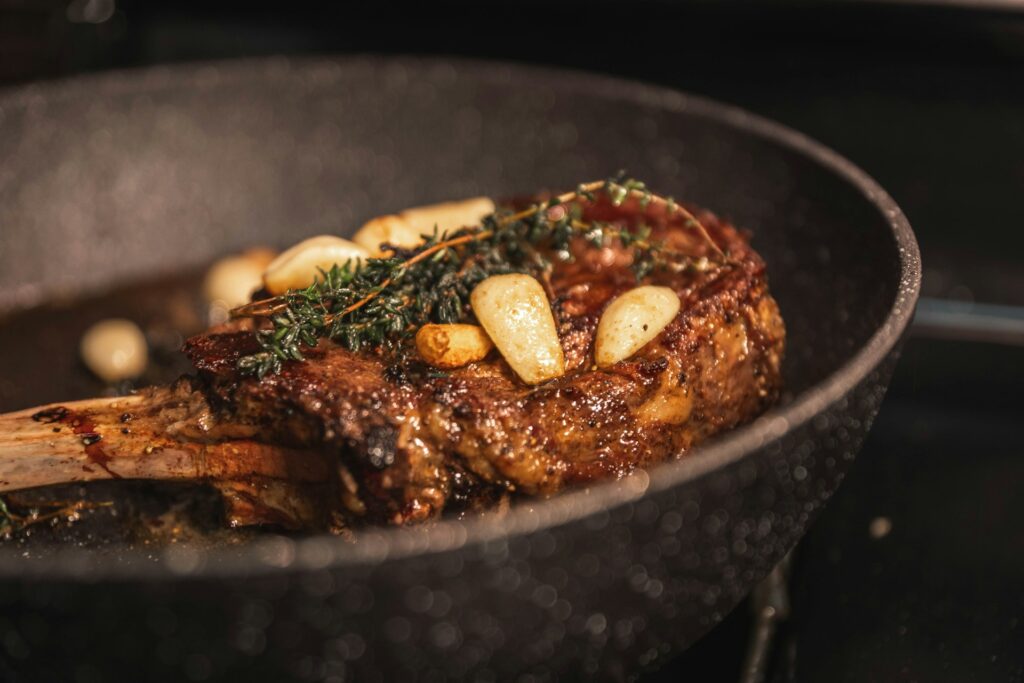
Any food that you want to sear or brown aggressively, such as scallops, lamb chops, or pork belly, should not be cooked in a nonstick pan. These foods require intense heat and a pan that can get scorching hot without risk. Nonstick pans are generally poor at producing the kind of crust or sear you’re aiming for. In contrast, a stainless steel or cast iron skillet will give you superior browning and flavor development.
12. Dishes That Simmer for a Long Time
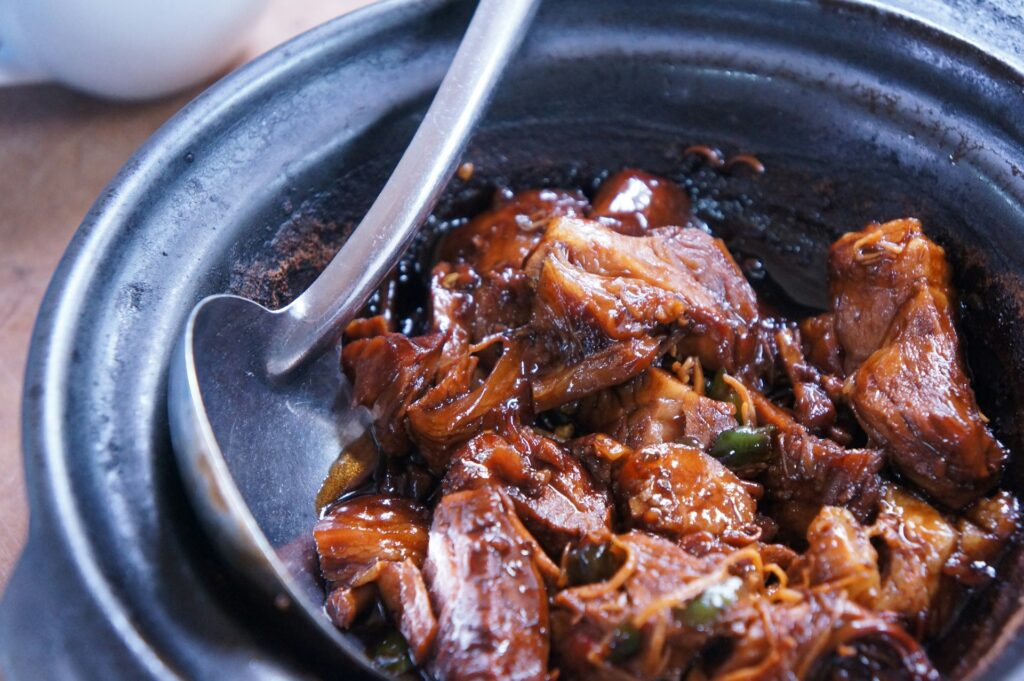
Long-simmering dishes like braises, stews, or reductions are best prepared in cookware that can maintain a low simmer over an extended period. Nonstick pans are not built for extended cooking times at even moderate heat. Prolonged heating can cause the coating to deteriorate more quickly. It’s better to use enameled cast iron or a Dutch oven for these types of recipes, which are designed to hold heat and stand up to long cook times without degrading.
Final Thoughts
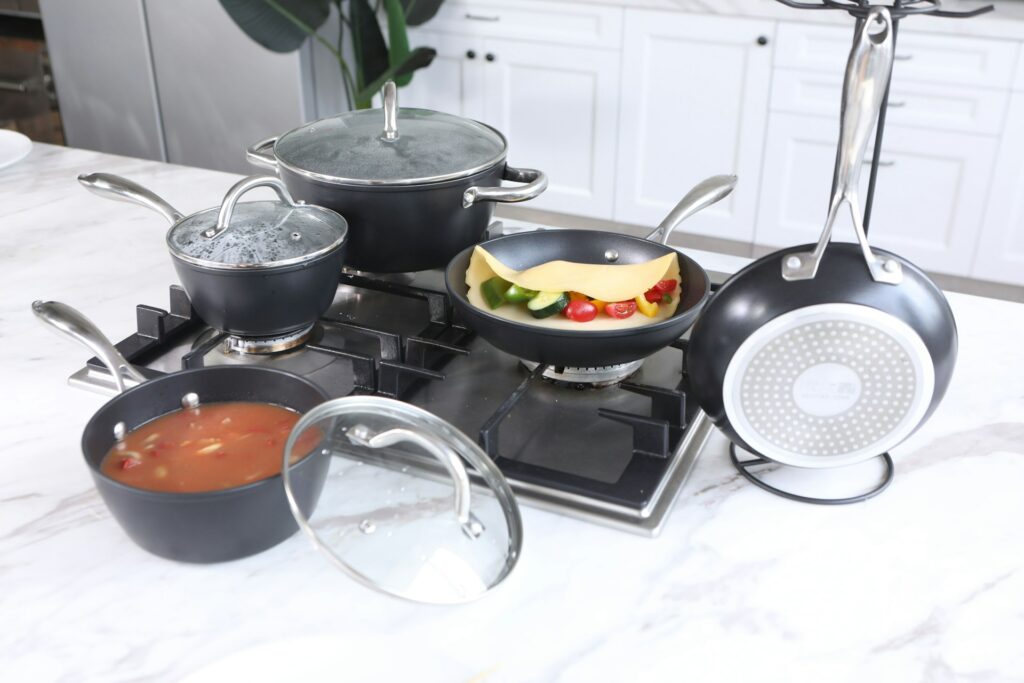
Nonstick pans offer undeniable convenience for quick, low-heat cooking tasks, but they are not suited for every culinary situation. Using the wrong foods or cooking techniques can reduce the lifespan of the pan, alter the flavor or texture of your food, and even pose health risks when coatings break down. As a general rule, avoid high-heat cooking, acidic ingredients, and hard searing when using nonstick cookware. Instead, reserve your nonstick pans for eggs, pancakes, crepes, or lightly sautéed vegetables, and invest in a few alternative pans for tasks that require more heat, durability, or specialized performance. Choosing the right tool for the job will enhance your cooking results and keep your kitchen gear in top shape.
Read More: 20 Overpriced Kitchen Tools You Should Avoid
Disclaimer: This article was created with AI assistance and edited by a human for accuracy and clarity.

